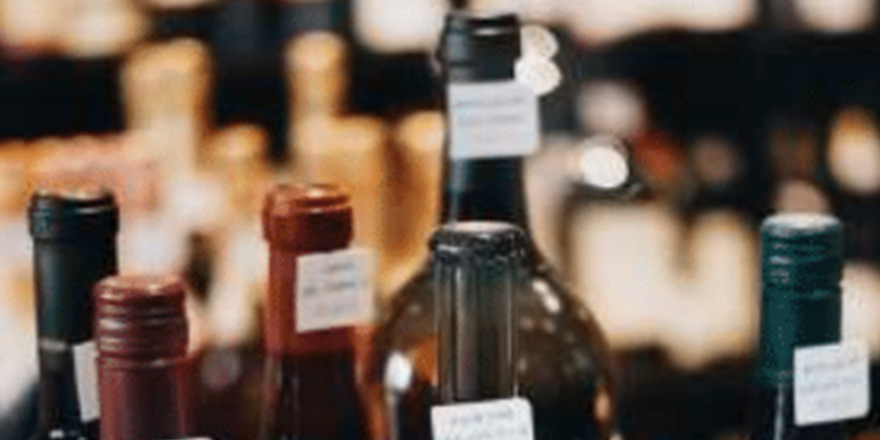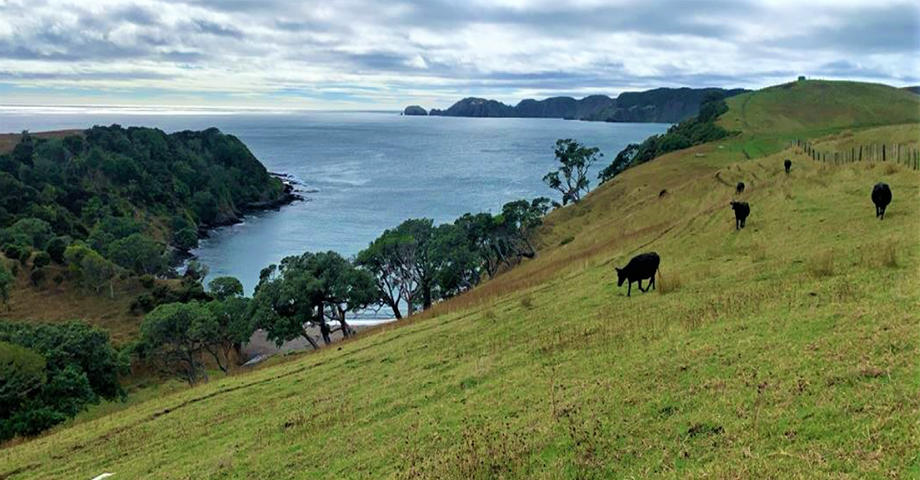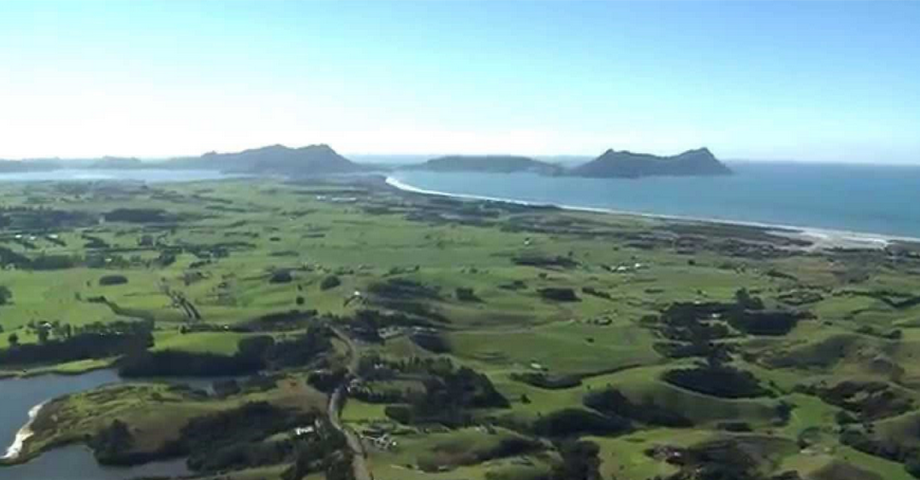
Executive Summary.
Glass recycling is the perfect example of the circular economy in action, right here in New Zealand.
It is becoming increasingly obvious, that to retain New Zealand’s prized clean green image and for our primary sector to remain competitive, a circular economy is an important part of our strategy. The success of a circular economy of glass depends upon intelligent supply chain management to ensure sustainable customer demand.
“A circular economy is a systematic approach to economic development designed to benefit businesses, society, and the environment. In contrast to the ‘take-make-waste’ linear model, a circular economy is regenerative by design and aims to gradually decouple growth from the consumption of finite resources”(MacArthur, 2018).
Glass is the most sustainable package on earth and is the best example of the circular economy in action in New Zealand because,
- It is infinitely recyclable and is made purely from raw natural ingredients
- Over a tonne of natural resources are saved for every tonne of glass recycled
- Every tonne of glass recycled saves approximately 670kg of CO2 over virgin materials
Recovery and reuse of glass contributes to a low emissions economy, with the use of recovered glass in manufacturing. This is because recycled glass can be melted at a lower temperature than virgin materials so consequently requires less energy. For every 10% of cullet used in the manufacturing process, O-I can achieve a 5% reduction in greenhouse gas emissions.
On average, a wine bottle is made from 67% recycled content manufactured at O-I New Zealand. The availability of recycled content primarily depends on our country’s waste collection infrastructure. The existing voluntary product stewardship scheme for glass containers managed by the Glass Packaging Forum (GPF) is working very effectively, and is on track to meet a recycling rate of 82% by 2024. The GPF is a collaboratively designed circular economy for glass, returning cullet to O-I furnaces through a network of collection hubs, services and community facilities in order to ensure the circular benefits of glass are harnessed again and again.
In the circular economy of glass we refer to closed loop application, where we all play a part in helping a glass bottle is recycled back into a new glass bottle. There are sound economic and environmental incentives for O-I to support the recovery of high value glass and should be well understood the significance O-I have in driving the circular economy. Without a manufacturing plant with a commitment to cutting carbon reduction, using high portions of recycled content, we could not have a circular economy. A majority of the New Zealand wine bottle supply chain of glass starts, and ends at O-I.
It is important to understand the glass recovery supply chain and the role it has within the circular economy design for glass. To date, there are two glass recovery methods;
- Glass separate recovery – high value cullet
- Co-mingled glass recovery (problematic to the supply chain) – more complex and lower quality cullet
The cost and time it takes to separate, colour sort, grind and beneficiate the glass from co-mingled collections adds significant complexity and cost to the glass recovery system. Reduced quality glass recovery through co-mingling, can still be used with no environmental degradation for sport turfs, golf bunkers and base course for roads; however cannot ever be returned back to the glass lifecycle and therefore represents a break in the circular economy of glass. To sustain a circular economy, Auckland council should cease co-mingling glass.
The Ministry for the Environment has a consultation process on priority product guidelines (Ministry for the Environment, 2019) which included all beverage packaging, including glass. Before stage one of the consultation had closed, Minister Sage further announced work toward developing a Container Return Scheme (CRS) through a Waste Minimisation Fund application project managed by Auckland and Marlborough District council on 25th of September. The list of representatives on the working group, does not include New Zealand’s only cullet purchaser.
The basic principle of a Container Deposit Scheme is that the consumer pays a deposit at the point of purchase, and the deposit is refunded when the consumer returns the empty container.
This report highlights the Minister have not considered the market demand for glass and the impact an influx of extra glass would have on the supply chain.
Container deposit schemes are not supported by the New Zealand wine industry, or those involved in the glass recovery process, because they are expensive, are only one type of capture system for glass, can create recycling inconvenience for ratepayers, are not circular in nature, and are a particularly challenging solution for the hospitality sector. Marlborough is New Zealand’s largest wine region producing 77% of the total wine production. “Wine Marlborough supported the introduction of circular waste reduction policies where they meet the criteria under the Waste Minimisation Act; yet in the case of glass we believe those criteria are not met” is cited in their submission to the proposed priority products and priority stewardship scheme guidelines. “Wine Marlborough recommend continuation of the current voluntary scheme with government support for investing in further infrastructure”.
This research concludes that there is little supporting evidence that a container deposit scheme will increase overall glass packaging recycling rates, nor provide the recyclate needed to drive a circular economy anywhere in the world.
The countries that have the best glass recovery rates in the world do not operate a container deposit scheme (Lee, Bell, Garcia, Lee, & Harding, 2019) indicating CDS is not the best solution to increase glass recovery rates. Denmark, Sweden and Norway are exemplar countries that have container deposit schemes, which exclude glass.
In order to maintain a circular economy for glass within the New Zealand wine industry, CDS should exclude glass. A circular economy is not possible without strong collaboration with all glass stakeholders and it is evident this has not happened yet with CDS. Should CDS progress, I urge the Ministry for the Environment to better consolidate the glass recovery process with O-I.
New Zealand would benefit from an Extended Producer Responsibility (EPR) scheme around material flow of a specific product; in this instance glass. The findings from my industry survey show the wine industry has expressed a keen interest to make this mandatory. This is expected to fast track GPF glass recovery efficiencies and position us as world leaders in introducing the circular economy within glass.




